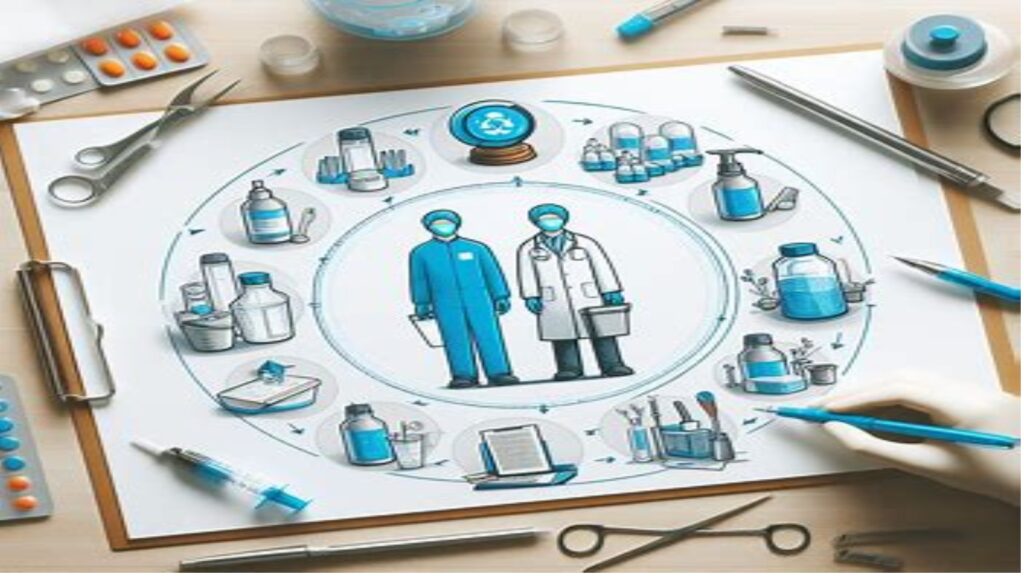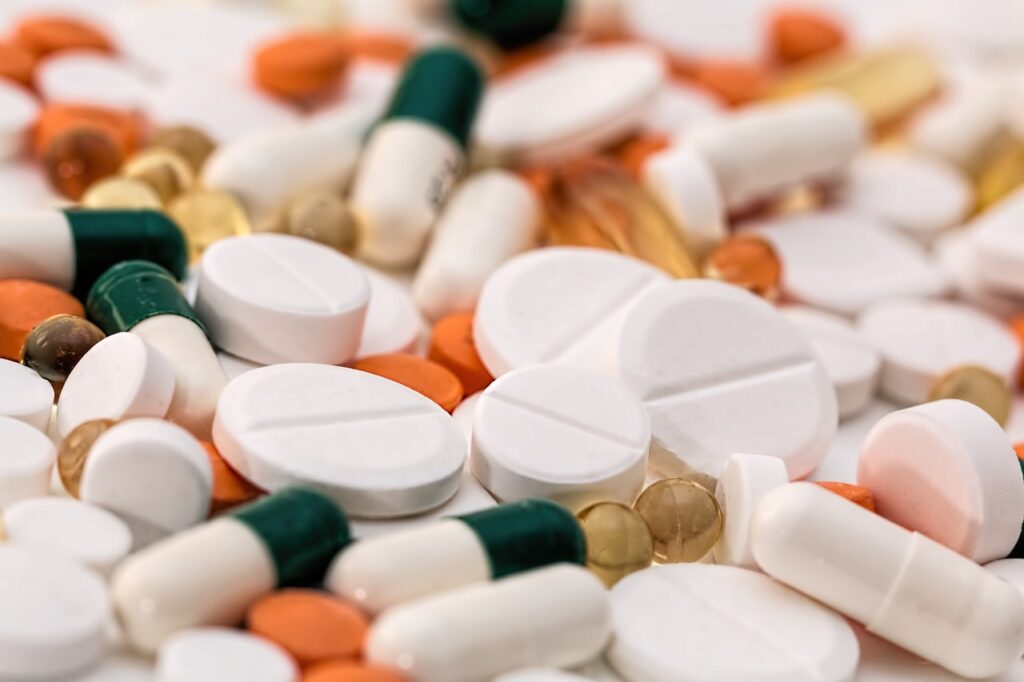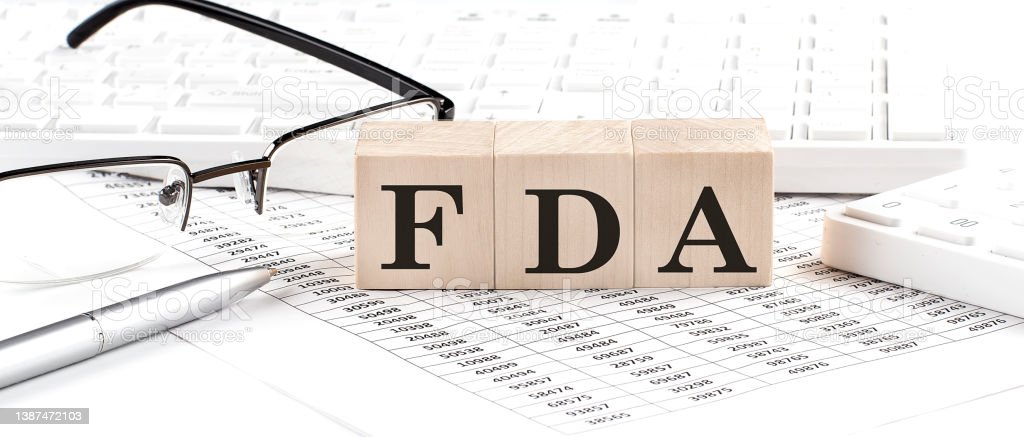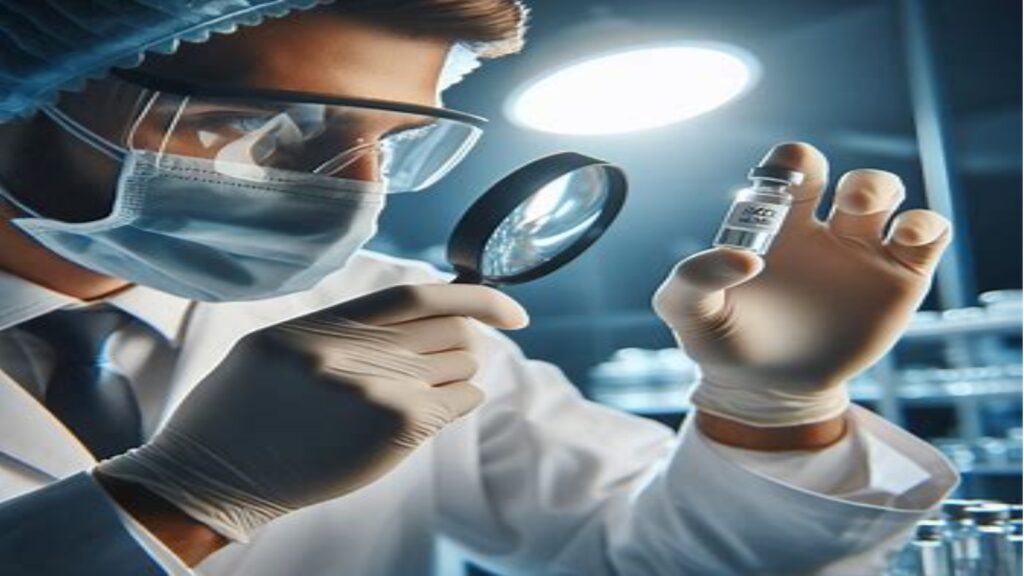1. Purpose:
1.1. The purpose of this Standard Operating Procedure (SOP) is to outline the proper cleaning and sanitization procedures to maintain a clean and hygienic environment.
2. Scope:
2.1. This SOP applies to all employees responsible for cleaning and sanitization activities within the facility.
3. Responsibilities:
3.1. Facility Manager: – Ensure the implementation of cleaning and sanitization procedures. – Provide necessary resources for cleaning and sanitization activities.
3.2. Cleaning Staff: – Execute cleaning and sanitization tasks as per SOP. – Report any issues or deviations from the SOP to the Facility Manager.
4. Equipment and Materials:
4.1. Cleaning agents approved by regulatory authorities.
4.2. Personal Protective Equipment (PPE) including gloves, masks, and aprons.
4.3. Mops, buckets, scrub brushes, and other cleaning tools. 4.4. Sanitizing solutions such as bleach or alcohol-based sanitizers.
5. Procedure:
5.1. Preparing for Cleaning:
- Gather all necessary equipment and materials.
- Put on appropriate PPE.
- Ensure adequate ventilation in the cleaning area.
5.2. Cleaning Surfaces:
- Start by removing any visible dirt or debris from surfaces using a dry cloth or vacuum cleaner.
- Apply an approved cleaning agent to the surface and allow it to sit for the recommended contact time.
- Use a scrub brush or sponge to agitate the cleaning solution and remove stubborn stains or residue.
- Rinse the surface thoroughly with clean water to remove any remaining cleaning agent.
5.3. Sanitization:
- Prepare a sanitizing solution according to manufacturer instructions or recommended dilution ratios.
- Apply the sanitizing solution to the cleaned surfaces, ensuring complete coverage.
- Allow the sanitizing solution to air dry or wipe it off with a clean cloth, depending on the product instructions.
- Pay special attention to high-touch surfaces such as door handles, light switches, and countertops.
5.4. Equipment Cleaning:
- Clean all cleaning equipment such as mops, brushes, and buckets after each use.
- Rinse equipment thoroughly with water and allow them to air dry.
- Store cleaned equipment in designated areas to prevent contamination.
5.5. Waste Disposal:
- Dispose of any used cleaning materials or waste in designated bins.
- Ensure proper segregation of recyclable and non-recyclable waste.
- Follow local regulations for the disposal of hazardous cleaning chemicals.
6. Documentation:
6.1. Maintain records of cleaning and sanitization activities, including date, time, areas cleaned, and products used.
6.2. Keep records easily accessible for audits or inspections.
7. Training:
7.1. Provide training to all cleaning staff on the proper execution of this SOP.
7.2. Conduct periodic refresher training sessions to reinforce procedures and address any updates or changes.
8. References:
- List any relevant regulations, guidelines, or manufacturer instructions pertaining to cleaning and sanitization procedures.
9. Revision History:
- Document any revisions or updates made to this SOP along with the date and reason for the change.
10. Approval:
- The Facility Manager or designated authority must approve this SOP before implementation.
11. Distribution:
- Distribute approved copies of this SOP to all relevant personnel and ensure accessibility in the workplace.
12. Compliance:
- All personnel must adhere to the procedures outlined in this SOP to maintain compliance with regulatory standards and ensure a safe working environment.
- For more articles, Kindly Click here.
- For pharmaceutical jobs, follow us on LinkedIn
- For Editable SOPs in word format contact us on info@pharmaceuticalcarrier.com
- For more information kindly follow us on pharmaguidelines.co.uk











